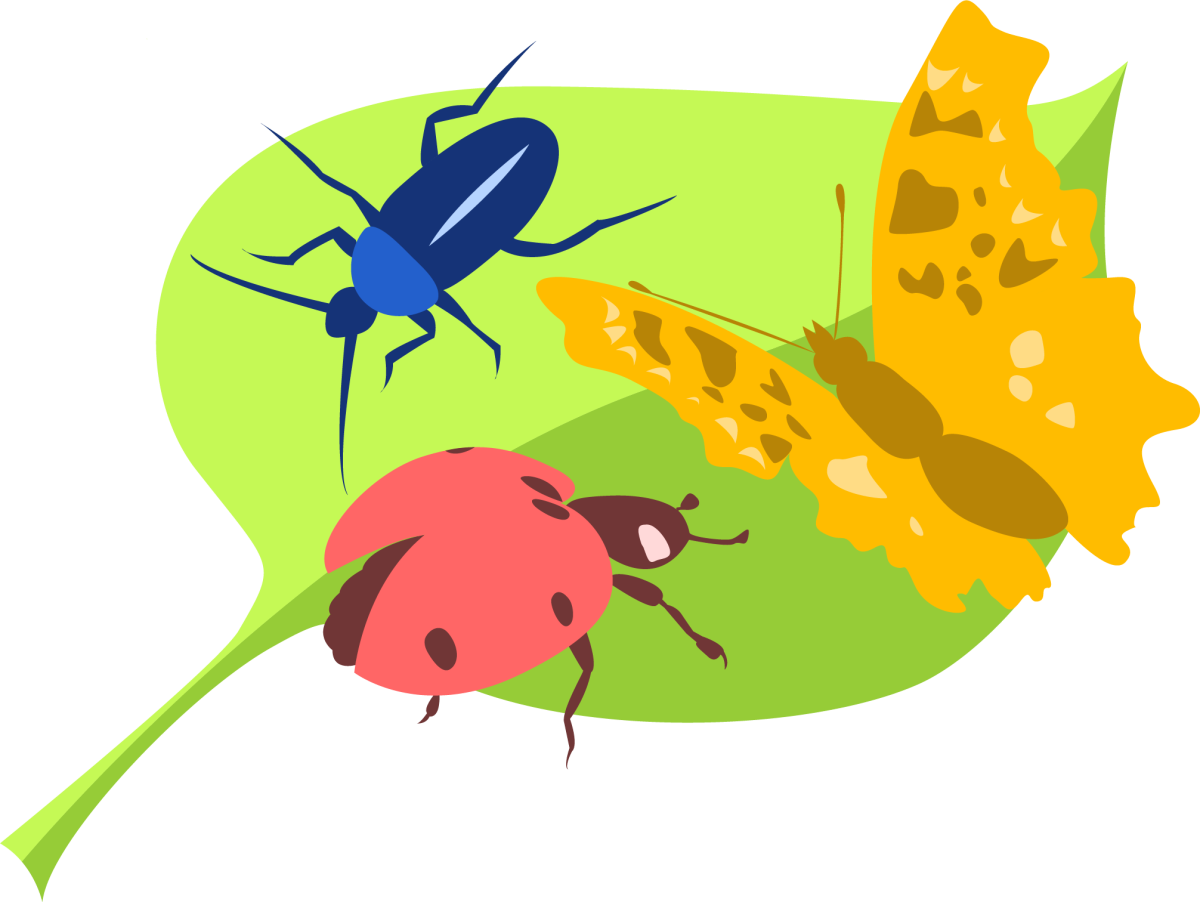
Graphic by Anna Lee
BugFest 2018 came to the Museum of Natural Sciences this past Saturday, Oct. 20, to represent all the cool critters that populate Earth. The event is made to show all the amazing feats that bugs do, from creating rafts out of their own bodies to traveling rivers to camouflaging in plain sight.
Many employees worked together to make BugFest a success, from volunteering their time to help people learn more about bugs or creating an event that everyone can enjoy. This year’s event focused on crustaceans, from what they do and how they help the Earth to what parts they play in our daily lives.
“As the event coordinator, I put together the details of the event and I have two people on my team that helps me,” said Kari Wouk, event coordinator for BugFest.
Many of the employees have worked with BugFest for many years and some have just joined the BugFest community. As a part of the community, all of the employees help make this event fun for the whole family.
“This will be my 11th BugFest, and I volunteered for two years [beforehand] for BugFest,” Wouk said.
The employees were very knowledgeable about what they were presenting at BugFest. It could be how bugs play a part in our world or how to create a collection of bugs yourself.
As a part of the team of employees, a group of entomologists comes to speak with attendees about the world of bugs in the form of presentations and booths that presented a variety of bugs, ranging from ants to bees. Many entomologists base their work on a specific type or species of bug.
“I actually study flies known as Diptera, and it’s a group of flies known as the soldier flies,” said Colin Brahmer, an entomologist present at BugFest. “This group is very diverse in tropical areas.”
Anthony Dellinger, the president of Kepley Biosystems Inc. came to speak at BugFest about his team’s new product, OrganoBait. This new bait is meant to help fishing companies catch the fish they need without using destructive catching techniques such as trawling, which is the dragging of nets across the ocean floor. The bait also uses ingredients that don’t negatively affect the aquatic environment. These two factors allow fishing companies to use a fishing technique that doesn’t negatively affect the environment.
These booths and presentations provided a way for entomologists to give their own take on bugs to the public. They showed how bugs interact with humans and their environment as well as how they can help us.
“This year [we’re presenting] the native bees build-it-better table,” Brahmer said. “So we have a table all on native bees, and there are 4,000 species of native bees in North America. We try to highlight that not everything is a honeybee — that most bees are actually solitary, and they all don’t sting.”
Entomologists also have a choice to take part in research at the museum, whether it’s in making a certain insect a part of the museum or providing the means to take care of the bugs at the museum. But, entomologists are also at the museum to help the public learn more about the world of bugs through events like BugFest.
“When I came to the museum, I gave up the research part in order to be a correspondent for science to teach the public about insects and nature,” Brahmer said. “The goal of our lab is to not only educate students but also how to recognize [specific organisms] in nature.”
BugFest is an event that was available for anyone who wanted to attend, but there is one particular part of the event that touches people’s hearts and keeps them coming back every year.
“My favorite part of BugFest was all the education that happens and people get to learn about arthropods,” Wouk said. “All these scientists and educators that come together to help people learn about arthropods. I love it when people learn something new about arthropods.”
There are many interesting facts about bugs out there, and there is still so much more to discover about how bugs can potentially help humans in their daily lives, as well as why it’s imperative for them to continue to be a part of our ecosystems.
BugFest is held every year to the Museum of Natural Sciences. To learn more about BugFest, go to https://naturalsciences.org/calendar/bugfest/.